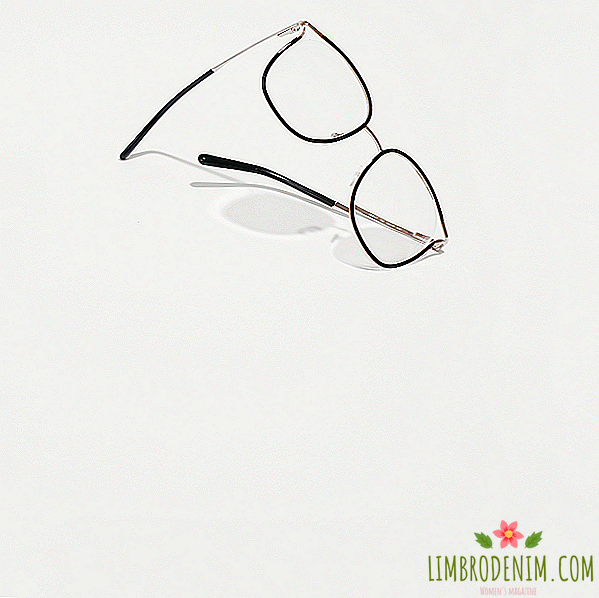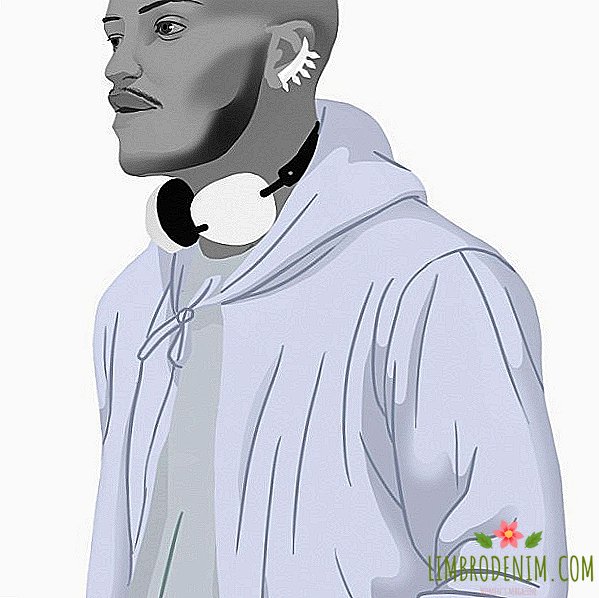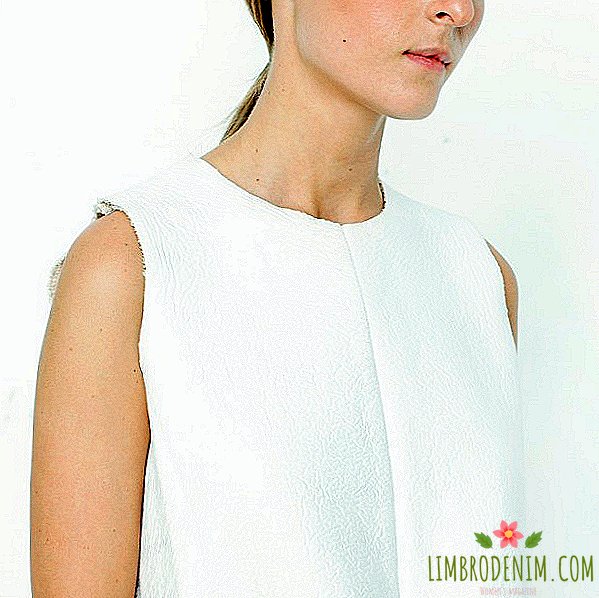Case sew: What and how produce women prisoners
Soon the whole country will know where in our stores come rustling black bags with golden “Russia” inscription, plastic dishes, typical school desks, typical office furniture made of chipboard, macaroni from baking flour, lumpy cat litter, cheap local vegetables and other domestic consumer goods, o the origin of which few people even thought of. Thirty enterprises of the Federal Penitentiary Service will start producing them under the single “Made in Prison” brand. We understand what it is and under what conditions it is produced in the female colonies throughout the country.

Modern prisons work according to the good old principle “labor liberates”: the main lever for raising the moral level of convicts is the expedient organization of work, which teaches them to systematic and productive work. According to RBC, about 600 thousand prisoners are serving sentences in the Russian colonies, about 200 thousand of them work and produce thousands of different goods annually worth more than 32 billion rubles. The choice of employment in the male colonies is quite wide, while the women, who are 37 in Russia, compete with Chinese garment factories and are responsible for the sewing direction. Human rights activist Lyudmila Alpern, who has traveled with inspectorates for women’s colonies for more than twenty years, said that women work more than men and suffer any conditions - there has never been a single riot in the women’s zones.
The world learned about how the "sewing" is arranged from a letter from Nadezhda Tolokonnikova from the Mordovian IR-14. Working conditions she called slave, women are forced to work on antediluvian equipment 16-17 hours a day with a threat to life and health, sometimes making it impossible to even go to the toilet. Last year, the 14th Mordovian colony earned more than 70 million rubles for sewing workwear. For example, costumes for smiling men commissioned by Tekhnoavia. Cheap labor allows you to sell them quite inexpensively even at retail: a deuce of navy color and a beautiful cornflower blue will cost Muscovites only 828 rubles. Vladimir Golovnev, president of the Vostok-Service group of companies, says that his company, which occupies one-third of the Russian market for workwear, has been working with Mordovian zones for twenty years, because there is "serious discipline and excellent quality."
Thanks to Golovnev, nameless Russian designers and trouble-free Mordovian prisoners, Russian guards wear camouflage. In addition, it is in Mordovia that they are working on the creation of a uniform for traffic police officers, firemen, road workers. Mordovian women's colonies are considered the most brutal precisely because of the working conditions - and at the same time they are leaving the most complex and large orders. “Tin is very mildly said. This is HELL !!! Here, in the wild, people don’t know what happens,” one of the former prisoners of Mordovskaya IR-2 writes on the forum.
Her colleague Irina Noskova tells more about this: "... they work there from 7 am to 00 am, because there are constant requests. They leave for lunch if you don’t get back. You have to go somewhere for half a year to somehow grab this operation already be able to sew. A brigadier beats up. He can take by the hair, hit his head on the machine, or take him to a bendezhka, there they can pull you off with his hands, feet, or remove the strap from the sewing machine and beat you.
Perm IK-28 in Bereznyaki, where Maria Alekhina, the second member of Pussy Riot, was serving a sentence, also sews workwear. In a month she produces 3,000 sets of winter suits for the police and 5,500 sets of military uniforms for the Russian army - the one that Valentin Yudashkin denied due to cheap fittings and materials that are inappropriate for military. From 1030 to 1050 people are attracted to paid labor in the colony, and the average salary for one man-day worked out with charges for 2012 is about 185 rubles.

In Mozhaiskaya IK-5 and Kozlovka (Chuvashia) they also sew a uniform. Instead of a photo on the website, a detailed description of the product: “A tie for employees of institutions and bodies of the criminal-executive system of gray-blue color consists of the main part, knot and neck. The wide end of the main part ends in an angle, the sides are sloping. braid elastic, ending with metal fittings for fastening a tie. " State house - state language. The lion’s share of clothes for medical staff in Russia is also sewn by prisoners. In addition to surgical suits and white coats, Chelyabinsk IK-5 produces clothing for FSB officers, the railway and uniforms for plumbers, welders, chemical workers, metallurgical enterprises, and even miners' robes.
Human rights activists call the working conditions in the fifth Chelyabinsk colony cruel and diminish human dignity. Once in the punishment cell, prisoners lose the opportunity to use shampoo, hand cream, and the comb is only given for half an hour from 5:00 to 5:30 in the morning. In the Chelyabinsk colony, women cannot even use shaving razors. All this, of course, is minor compared with the fact that human rights activists have revealed that HIV-infected prisoners are denied treatment, and that in the last stages tuberculosis patients are kept in the same room with healthy women. Of course, they all work in the sewing shop to the last. Knowing all this and buying grandmother an elegant set of tacks for the kitchen, it's hard not to think about those who sewed it. Products created in the zone have long been firmly established in the life of every family, but we did not notice.
The FSIN expects that the creation of the “Made in Prison” brand will get rid of the unprofitable services of intermediaries and will help to increase sales. I would like the emergence of a new brand to also change the working conditions of prisoners in Russia.




